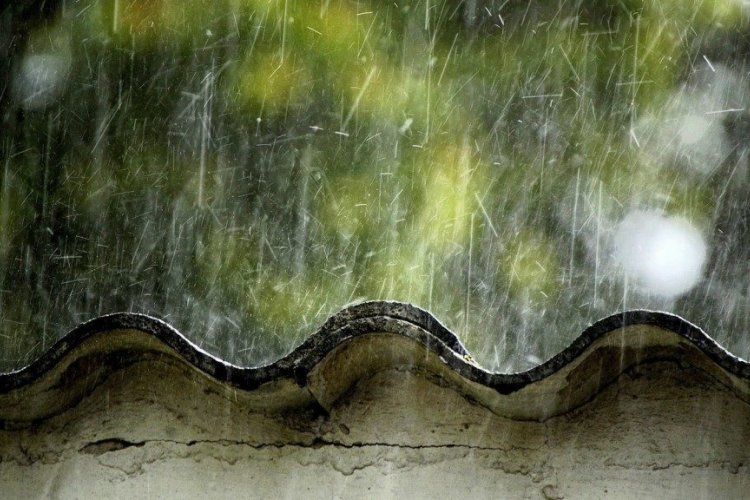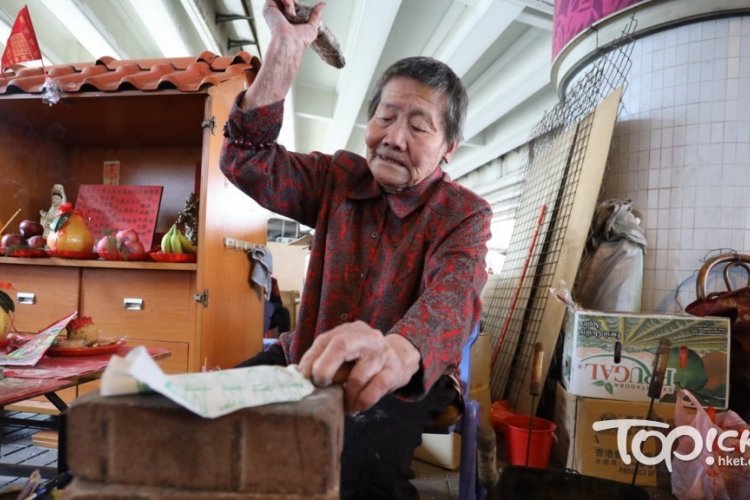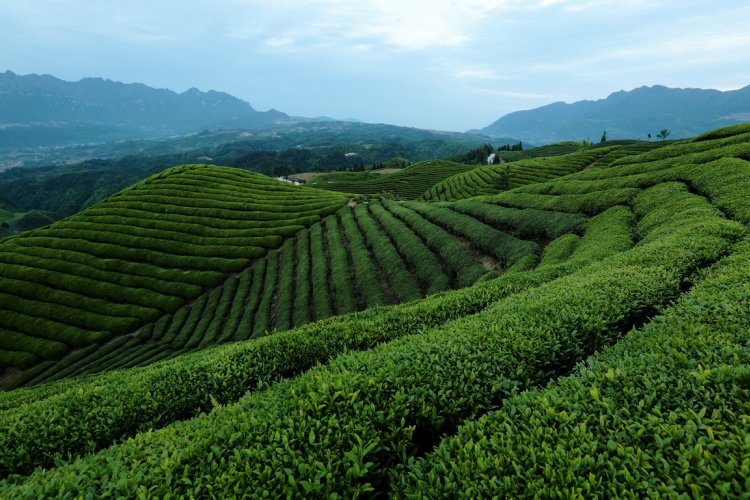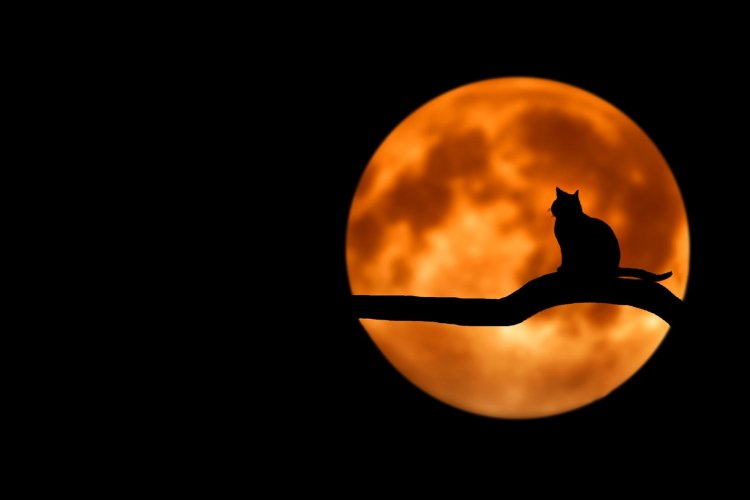Solar Terms 101: How a Lover's Quarrel Results in Thunder and Lightning
The traditional Chinese lunar calendar divides the year into 24 节气 jiéqì solar terms based on seasonal changes and natural phenomenon. They play an important role in guiding agricultural activities, even to this day. But even city-dwellers like us can enjoy them. Each solar term has its own associated customs, traditions, and even recipes. In Solar Terms 101, we delve into what makes each one special...
Name of the solar term: 春分 chūnfēn lit. “The Spring Equinox”
Gregorian date: Mar 21 +/- a day (Mar 21, 2023)
What is chunfen all about?
Chunfen, aka spring equinox, falls right in the middle of 立春 lì chūn the beginning of spring and 立夏 lì xià the beginning of summer. On this day, the sun casts its light directly on the equator which makes the length of day and night relatively equal. Solar longitude reaches 0 degrees, and the ancient Chinese believed that this is a time when yin and yang energy find a perfect balance in the universe.
Meteorologically speaking, rainfall across China increases considerably after the spring equinox and the average ground temperature finally rises above 10℃, signaling the arrival of spring and the start of another farming season.
The micro seasons of chunfen

The micro seasons of the spring equinox bring back some old friends. The first is the sparrows, which returned to their home in the south during 白露 bái lù White Dew and now come back to the thawing northern lands for an event known as 玄鸟至 xuánniăozhì, or "the arrival of the swallows." About five days later, you should be able to hear thunder during rains, since it is time for 雷始发声 léi shĭ fā shēng or "the thunder starts to growl." Within a week, lightning joins the scene during the last micro season of the spring equinox, 始电 shĭ diàn or "the appearance of lightning." In traditional Chinese mythology, the god of thunder and the goddess of lightning are usually described as a couple, and their arguments in the sky result in the thunder and lightning we experience in the mundane world.
Gather your friends for a walk in the meadows
We all know Chinese mythology likes to pair things up, so it won’t be a surprise that the customs for spring equinox are very similar to the ones we introduced in our blog about the autumn equinox. These include the game of "standing eggs," drawing and giving out spring cattle pictures as gifts, and feeding sparrows with sticky rice dumplings (perhaps from your tangyuan leftovers) to prevent them from eating crops.
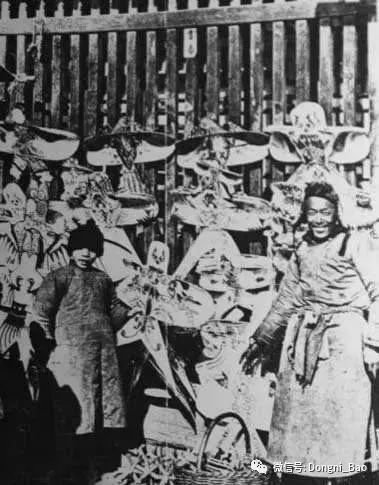
However, there is still one thing you should – and can only – do during the spring equinox. Despite the occasional cold snap or sandstorm, the scenery in spring is still hard to resist. The strong wind during this season happens to be the perfect propeller for a traditional sport, kite flying.
Spring equinox is also the day when people start to plant stonecrops on their rooftops. In Chinese, stonecrops are called 戒火 jiè huŏ, literally "abstain from fire," and people think that planting them on the spring equinox will protect their homes from fire in the following seasons.
What to eat on spring equinox
You will be wrong if you think "eat locally and seasonally" is just another slogan dreamed up by California hipsters. The ultimate mentor of the ancient Chinese, Confucius encouraged people to eat seasonally thousands of years ago. And in a season like spring, when you can easily get so many fresh and delicious ingredients in the market, this shouldn't be a hard instruction to follow.

Buds are thriving on the twigs, but also on our plate. Tender, juicy sprouts are one of the most popular seasonal foods on Chinese dining tables. In addition to green chives, there are many more options for you to experiment with in the kitchen, such as Toona Sinensis sprouts (sometimes called Chinese toon), bean sprouts, and bamboo sprouts. Of all of these, our favorite is Toona Sinensis sprouts, which truly are a fragrant and entirely seasonal treat. However, make sure you quickly boil them before you throw them in the wok since they are very rich in nitrites.
People living in Guangdong make a spring version of the soup enjoyed during the autumn equinox, also made with seasonal wild amaranth and fish fillets. People believe that this soup detoxifies the body and boosts the immune system in a season where the temperature fluctuates frequently.
Read: Solar Terms 101: Turn Your Toxic Relationships Into Paper Cut-Outs and Beat the Hell Out of 'Em
Credits: Lieqi, Zhihu, Sohu, National Geographic


